accessiBe ensures your WordPress site or WooCommerce store is compliant with ADA, Section 508, and WCAG requirements. Installation is quick and easy and the tool is simple to use. What’s more, as a new user, you’ll have the option to try the platform for free for 7 days, giving you the chance to experience the tool’s capabilities. Once your site has been analyzed, any elements and functions that might complicate the user experience will be automatically adjusted.
 ADA
ADA
 AODA
AODA
 EAA
EAA
 RGAA
RGAA
 WCAG (Websites)
WCAG (Websites)
 Documents
Documents
 Media
Media
 Mobile Apps
Mobile Apps
 Accessibility Checkers
Accessibility Checkers
 Shopify
Shopify
 Wordpress
Wordpress
 Wix
Wix
 Duda
Duda
 Joomla
Joomla
 Bigcommerce
Bigcommerce
 Real Estate
Real Estate
 Universities
Universities
 E- Commerce
E- Commerce
 BITV
BITV
 EQA
EQA
 Webflow
Webflow
 Elementor
Elementor
 Drupal
Drupal
 Weebly
Weebly
 Squarespace
Squarespace
 Website Accessibility Checker
Website Accessibility Checker
 Statement Generator
Statement Generator
 Color Contrast Checker
Color Contrast Checker
 PDF Accessibility Checker
PDF Accessibility Checker
 WCAG Master Guide
WCAG Master Guide
 Website Accessibility Tools
Website Accessibility Tools
 Reviews
Reviews
 Accessibility Legislation
Accessibility Legislation
 All Topics
All Topics
 Web Agencies
Web Agencies
 Accessibility Experts
Accessibility Experts
 All Role Models
All Role Models
 How to Apply
How to Apply
 Who We Are
Who We Are
 In the Press
In the Press
 Authors & Contributors
Authors & Contributors
 Contact Us
Contact Us

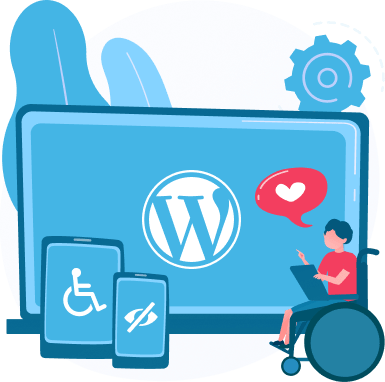


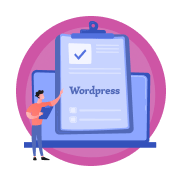
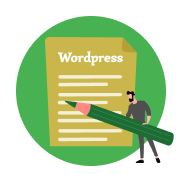
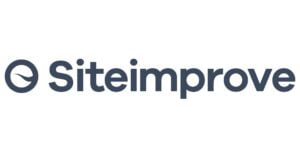











 accessiBe
accessiBe





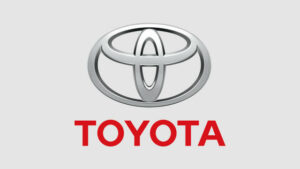

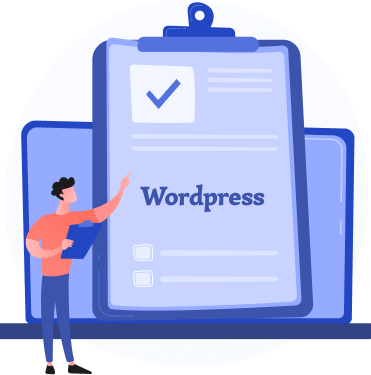
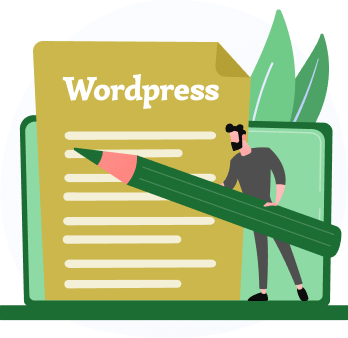
I thoroughly enjoyed reading your blog post as it provided me with valuable insights and information. Additionally, I would like to contribute some supplementary points that could benefit your readers:
1.Optimizing color contrast
2. Providing alternative text for images
3. Ensuring keyboard navigation
4. Implementing proper heading structure
5. Using semantic HTML
6. Making forms accessible
7. Enabling screen reader compatibility
These points offer additional perspectives on the discussed topic.
Thank you for the comment Katelin